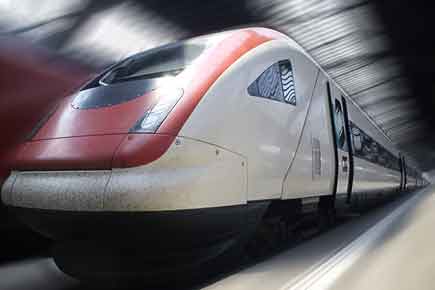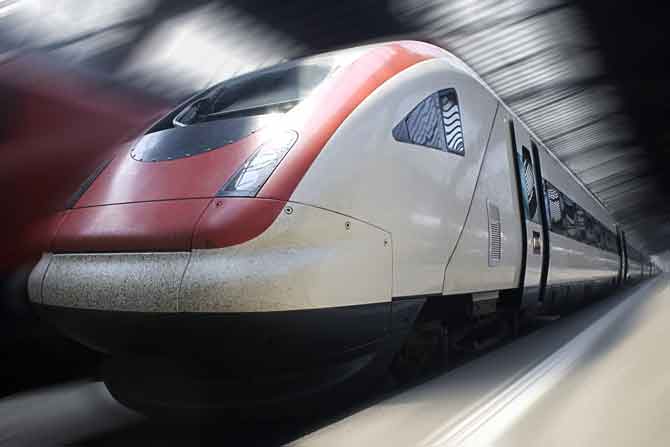MMRDA plans to start construction work on five Metro corridors in Mumbai by December 2017, which will connect the fast growing suburbs with the heart of the city


Representational picture
Mumbai is soon to witness less congested local trains and fast moving vehicular traffic. Thanks to MMRDA’s plan to bring the far end suburb’s close to the heart of the city. Apart from the ongoing metro construction work, MMRDA also plans to start construction work on five Metro corridors in Mumbai by December 2017.
ADVERTISEMENT
According to a report in Times of India, MMRDA plans to start construction work in the following areas- DN Nagar-Mankhurd; WadalaGhatkopar-Mulund-Kasarvadavli; Thane-BhiwandiKalyan; Swami Samarthnagar-Jogeshwari-Kanjurmarg-Vikhroli, and Dahisar East-Mira Road-Bhayander. Presently, these areas rely on local trains and road transportation. Introduction of metro corridor is expected to boost connectivity across these rapidly expanding Mumbai suburbs.
Not only in suburbs, but also in the greater Mumbai region, roads like SV Road, LBS Marg, and Western and Eastern Express Highways fail to handle the continuously surging traffic movement. Construction of metro lines would reduce congestion in these roads and ease down commutation by time and disatnce from the far end suburbs.
Also read: Metro work on Western Express Highway pushes people to opt for trains
Presently, Mumbai only has a 12km metro link (VersovaAndheri-Ghatkopar) and work is on in three routes- Colaba-BandraSeepz (Metro 3); Andheri-Dahisar (Metro 7); and Dahisar-DN Nagar (Metro 2A). The five new routes planned by MMRDA are likely to open for passenger movement by 2022.
Suburban railway passengers will have maximum benefit with the introduction of this suburban metro rail. MMRDA reported that Western and central railway, which ferries around 75 lakh passengers per day, will see a significant decline of the mad-rush. While vehicular traffic will reduce by 35 to 40 percent, travel time will reduce by 30-50 minutes. Along with these benefits, vehicular emission will also fall gradually.
 Subscribe today by clicking the link and stay updated with the latest news!" Click here!
Subscribe today by clicking the link and stay updated with the latest news!" Click here!






